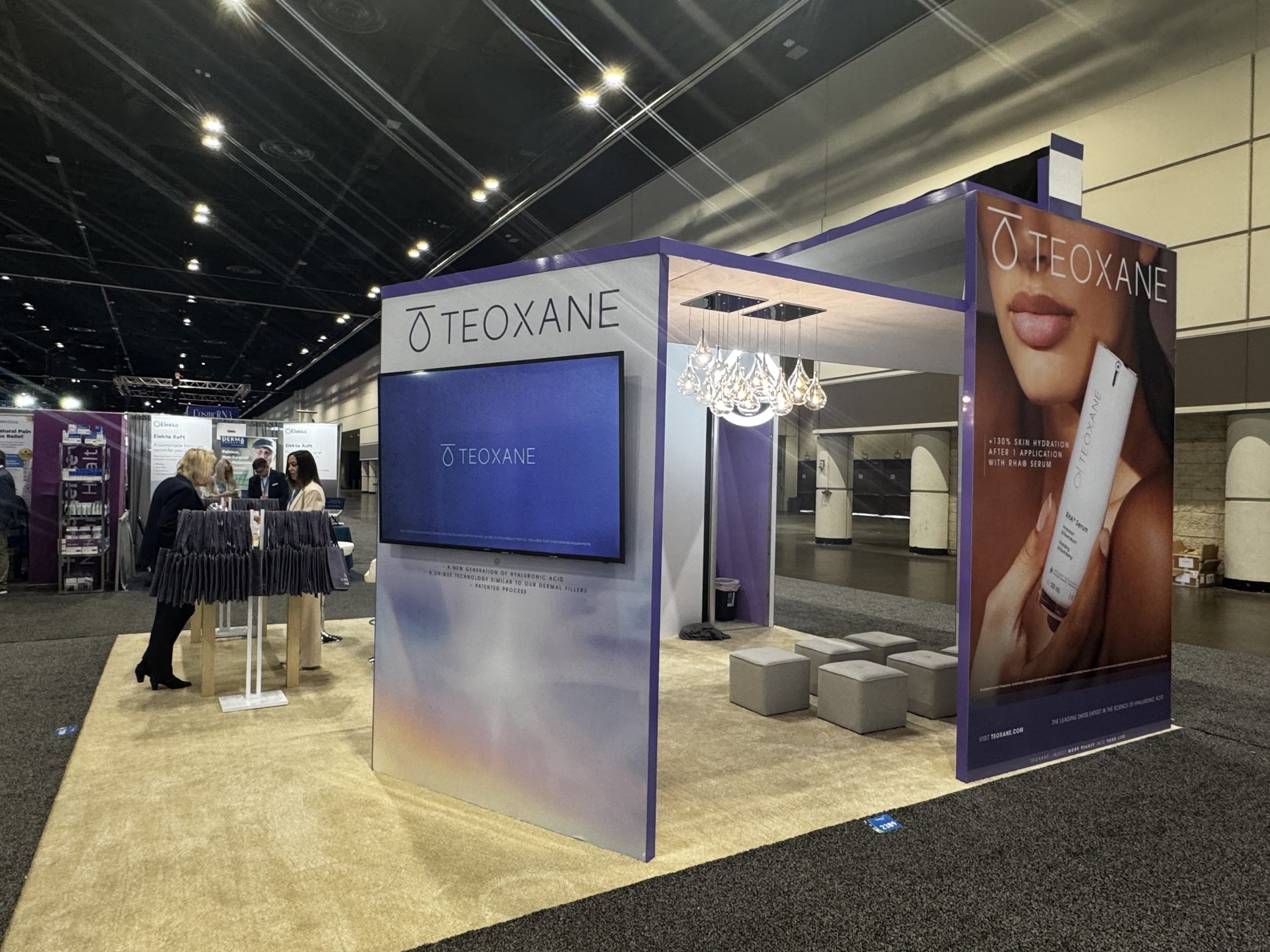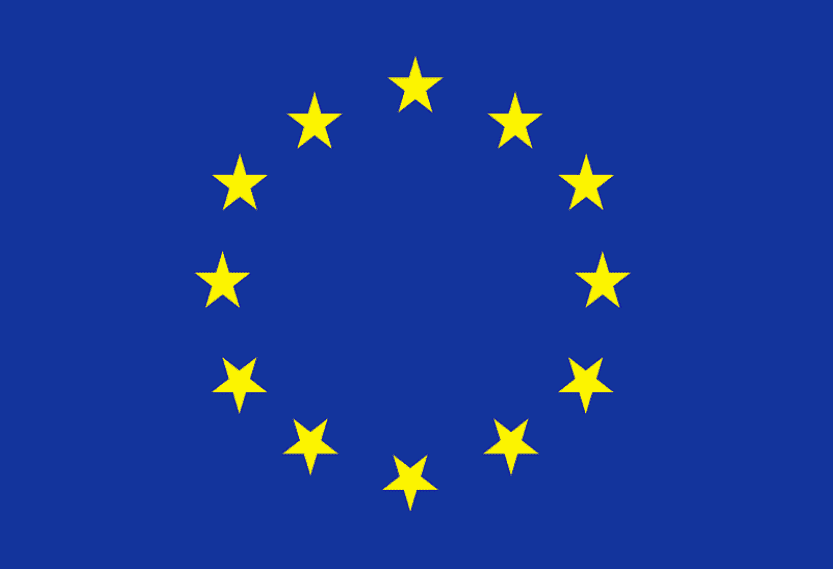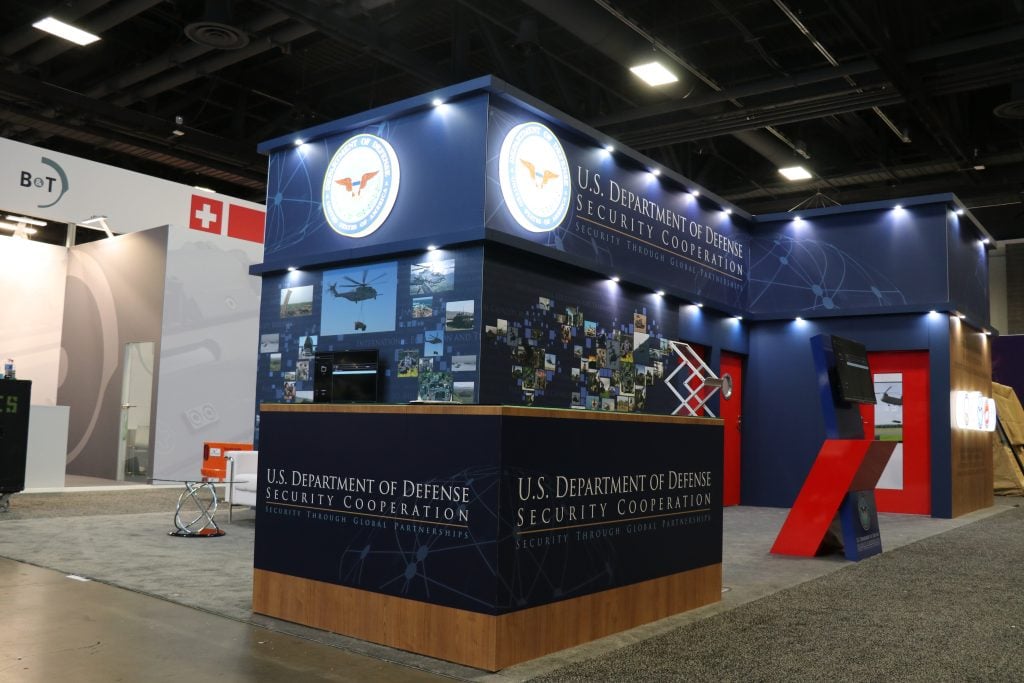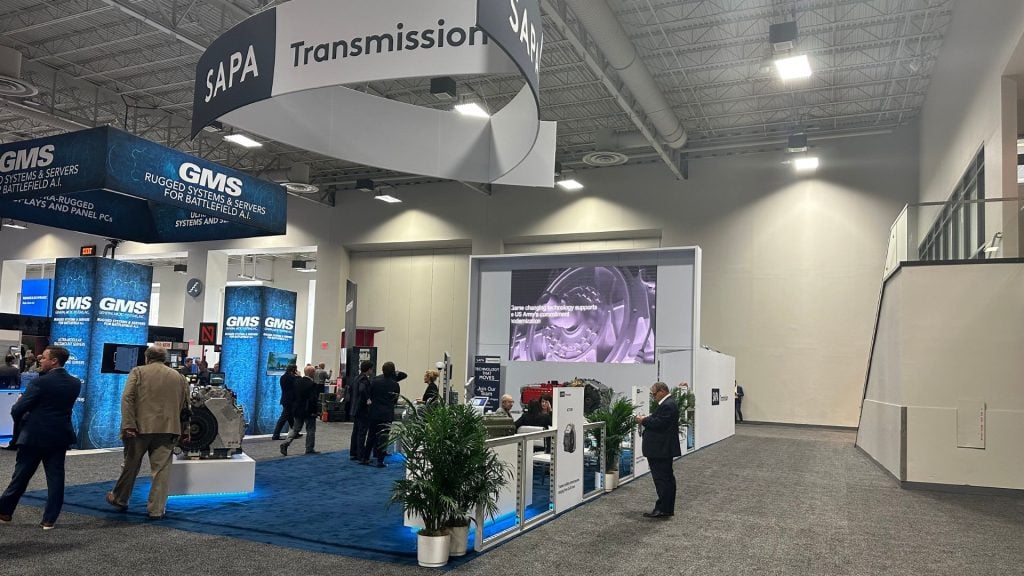
Introduction
Trade shows are bustling environments where brands compete for attention. But what sets apart the booths that attract attendees and leave a lasting impression? It’s not just about flashy visuals—it’s about understanding the psychology behind booth design and interaction. A well-planned booth appeals to attendees on a deeper, psychological level, creating meaningful connections that resonate with them long after the event.
In this blog, we’ll explore how marketing managers can leverage psychological principles to design booths that capture attention, engage visitors, and build stronger brand connections.
Pre-Event: Designing for First Impressions
Research shows that people make a first impression in milliseconds, and your booth needs to make that moment count. Here are key psychological elements to consider when planning your design:
1. Color Psychology
Colors evoke emotions and associations. Think about what message your brand colors convey.
- Red: Energy, urgency, and action.
- Blue: Trust, calm, and reliability.
- Green: Sustainability and growth.
Align your booth’s color scheme with the emotions you want to evoke in attendees.
2. Visual Hierarchy and Eye Tracking
Design your booth layout to guide attendees’ eyes where you want them to focus first—whether it’s a new product display, your logo, or a call to action. Using large, bold fonts or eye-catching visuals at key focal points ensures instant brand recognition.
3. Social Proof and Anticipation
Announce exclusive activities at your booth—product demos or giveaways—before the event. Social proof plays a major role in psychology; people are more likely to visit your booth if they know others are interested too.
On the Floor: Activating the Senses
When attendees walk the show floor, sensory engagement can help your brand stand out. Here’s how to design for multisensory experiences that attract and engage visitors:
1. Sound and Smell for Emotional Impact
Playing light background music or incorporating subtle scents in your booth can create pleasant associations with your brand. A unique scent or sound becomes a memorable cue that people link with their experience at your booth.
2. The Power of Tactile Interaction
Our brains are wired to remember hands-on experiences more vividly. Offering physical product samples, touchscreens, or interactive elements taps into the brain’s sensory memory, leaving a stronger imprint.
Pro Tip: Use textured surfaces or installations within your booth to invite tactile exploration. This adds novelty and intrigue—something the brain loves.
3. Scarcity and Exclusivity
Creating a sense of urgency encourages attendees to engage with your booth. Phrases like “Limited Time Demo” or “Exclusive Giveaway Today Only” leverage the psychological principle of scarcity, driving more visitors to take action.
Post-Event: Reinforcing Positive Memories
Even after attendees leave, your brand can stay top of mind by reinforcing the positive emotions and experiences associated with your booth.
1. The Power of Personalization
When following up with leads, referencing specific interactions or experiences from the trade show creates a sense of personal connection. Example: “It was great to meet you at our sensory demo! Here’s the information we discussed on sustainable packaging.”
2. Use Memory Cues in Follow-Ups
Send a small token that attendees associate with their experience at your booth—whether it’s a branded notepad or a photo of them interacting at your booth. This kind of gesture triggers positive recall.
3. Emotional Storytelling in Post-Event Content
Leverage stories from the event to engage your broader audience. For instance, share attendee testimonials or post a recap of key moments with captions that evoke the emotional highs of the trade show.
Conclusion: Designing Booths That Go Beyond the Surface
At their core, trade shows are human experiences. When your booth design incorporates psychological principles—whether it’s guiding attention, activating senses, or fostering emotional connections—it makes your brand unforgettable. By appealing to attendees on multiple levels, you create experiences that resonate far beyond the trade show floor. So, the next time you plan a booth, think beyond aesthetics. Think about how your visitors will feel, what will catch their eye, and what will linger in their memory. A booth designed with psychology in mind doesn’t just attract visitors; it builds lasting brand connections.


 Global
Global Europe
Europe

